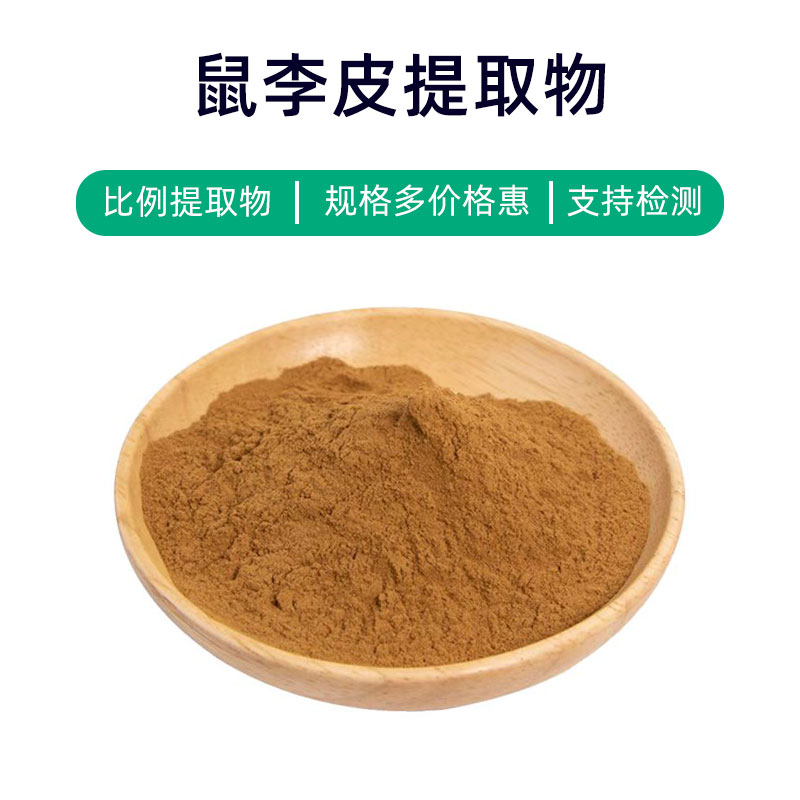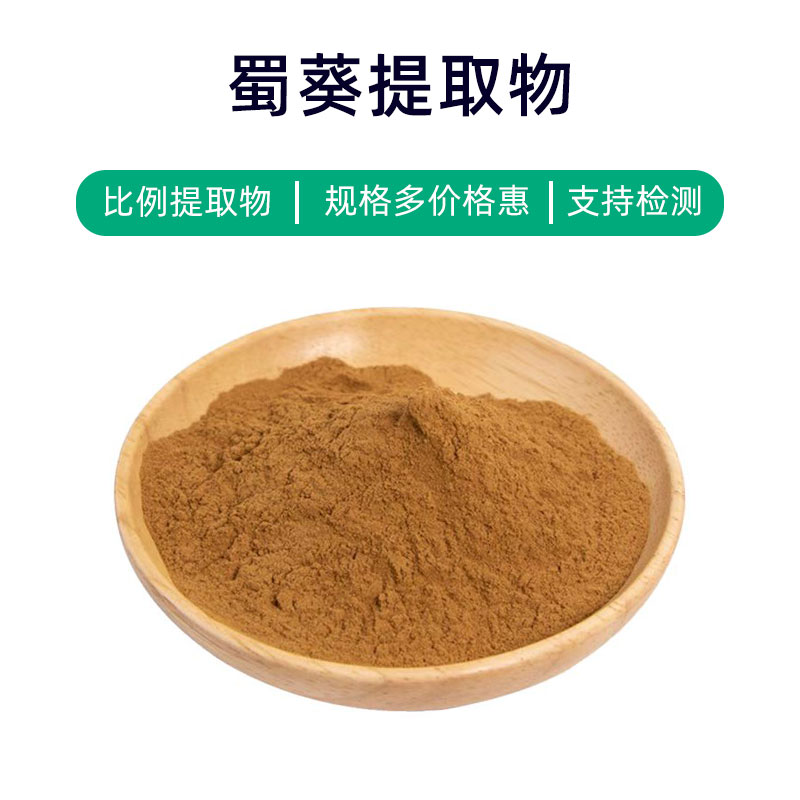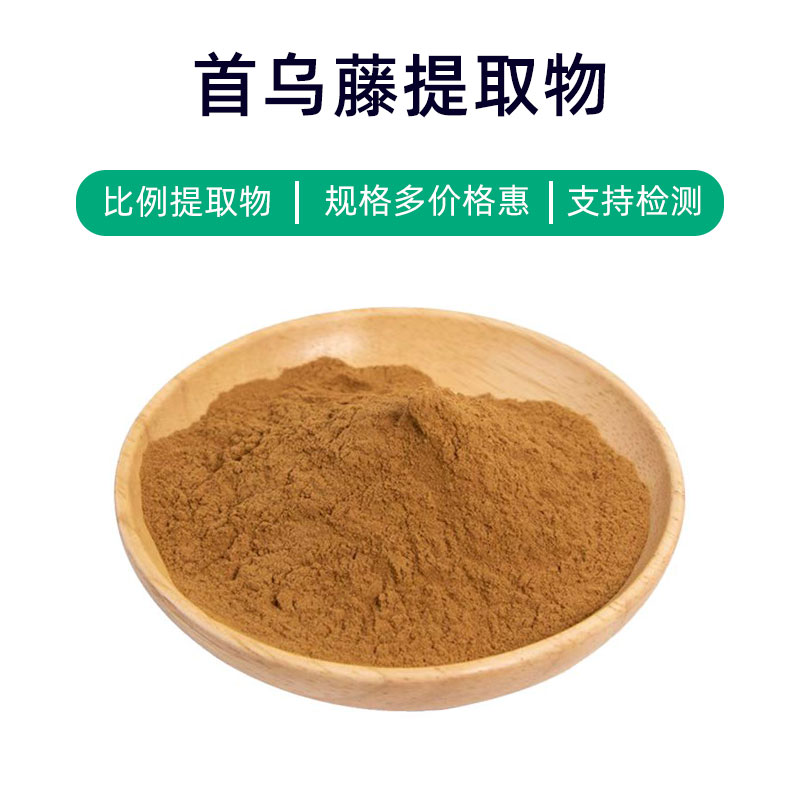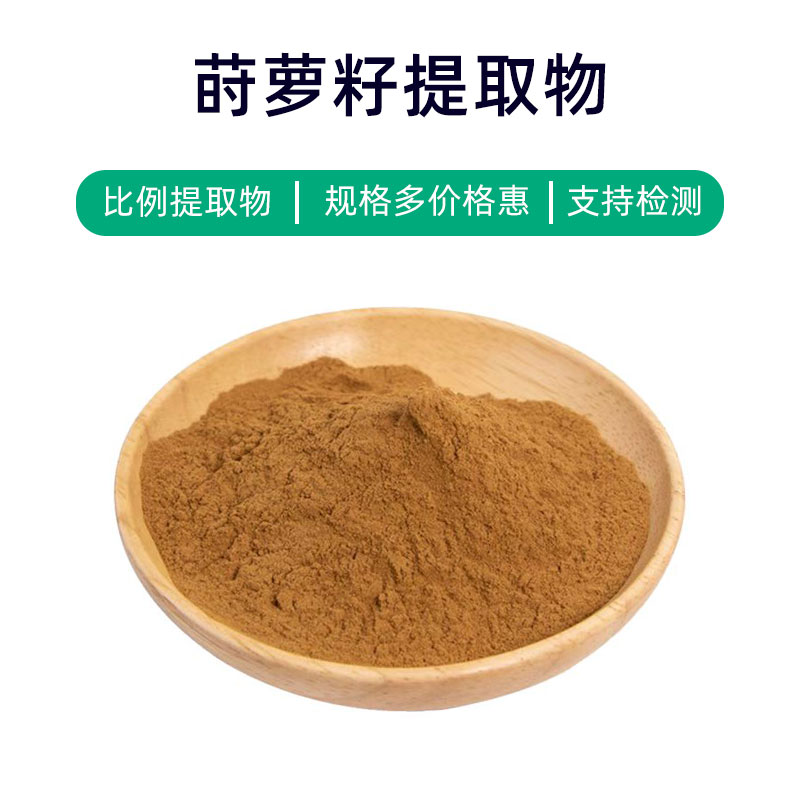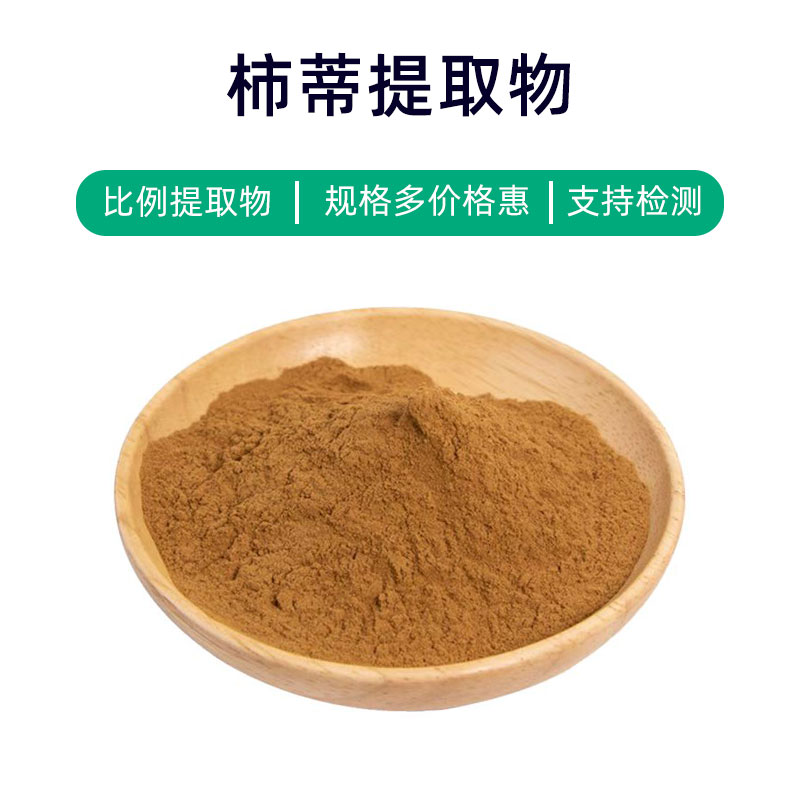Hops Extract Product Introduction
Hops extract is a plant extract derived from the flower buds and bracts of hops (Humulus lupulus). Its main components include bitter acids, phenolic compounds, volatile oils, and plant tannins. These components endow hops extract with various benefits and applications. Firstly, hops extract is known for its antioxidant, antibacterial, and anti-inflammatory properties, protecting skin from free radical damage, purifying the skin, and alleviating inflammation. Secondly, it is rich in volatile oils, which have a calming and relaxing effect, aiding in stress and anxiety relief. Additionally, hops extract is widely used in the beverage industry as one of the raw materials for beer, imparting a unique bitterness and aroma. In cosmetics, it is often included in skincare and hair care products such as creams and shampoos, improving skin texture, moisturizing, and conditioning hair. Overall, hops extract is a versatile plant extract with applications in dietary supplements, cosmetics, and beverages, providing numerous benefits for health and well-being.
Hops Extract Manufacturing Process
The production process of hops extract typically includes the following steps:
- Collection and Processing: Mature hops flower buds and bracts are collected, cleaned, and pre-processed to remove impurities and unclean substances.
- Grinding: The cleaned hops are ground to increase extraction efficiency.
- Solvent Extraction: The ground hops are mixed with an appropriate solvent (such as ethanol or water) for infusion or reflux extraction. Temperature and time are controlled to ensure that active components dissolve thoroughly into the solvent.
- Filtration: The extract is filtered through a mesh to remove solid residues and impurities, yielding a clear extract.
- Concentration: The extract is concentrated by evaporation or vacuum concentration, removing the solvent and concentrating the active components.
- Drying: The concentrated extract undergoes spray drying or vacuum drying to produce a powdered form of hops extract.
- Quality Inspection: The final hops extract is subjected to quality inspection, including appearance, color, and aroma assessments, to ensure compliance with relevant standards and regulations.
- Packaging: Finally, the qualified hops extract is packaged, usually in sealed containers, to prevent moisture or contamination.
The entire production process requires strict control of parameters at each step to ensure the quality and purity of the extract, guaranteeing its effectiveness in pharmaceuticals, food, and cosmetics.
Hops Extract Effects and Side Effects
Hops extract, derived from hops (Humulus lupulus), has multiple benefits and effects. Here are the main properties:
- Calming and Relaxation: The bitter acids and other active components in hops extract have a calming effect, helping to relieve anxiety, tension, and stress, promoting relaxation.
- Improving Sleep Quality: Some studies suggest that certain components in hops extract can regulate sleep cycles, promote deep sleep, and improve overall sleep quality, aiding in insomnia relief.
- Antioxidant: Hops extract is rich in various antioxidants, such as phenolic compounds, which neutralize free radicals, reducing oxidative damage and protecting cells from oxidative stress.
- Anti-Inflammatory Effects: The active components in hops extract possess certain anti-inflammatory properties, alleviating inflammatory reactions and reducing skin redness and swelling.
- Regulating Skin Oil Production: Certain components in hops extract can help balance sebaceous gland activity, improving oily skin and reducing acne.
- Antibacterial Effect: Hops extract contains volatile oils and other compounds with antibacterial properties, inhibiting the growth of bacteria and fungi, and helping to prevent skin infections.
- Soothing Skin: Hops extract has soothing and moisturizing effects, helping to alleviate dryness, tightness, and discomfort, keeping the skin soft and comfortable.
- Promoting Hair Health: The components in hops extract can promote blood circulation in the scalp and enhance the scalp environment, contributing to healthier hair and reducing dandruff and hair loss.
Despite these benefits, caution is advised regarding potential side effects:
- Allergic Reactions: Some individuals may experience allergic reactions to hops extract, such as skin itching or rashes; therefore, a skin sensitivity test is recommended before use.
- Precautions for Children and Pregnant Women: As hops extract may affect children and pregnant women, its use in these groups should be approached cautiously and under medical guidance.
In summary, hops extract is a potent plant extract with multiple benefits for skin care and health, but attention should be paid to individual circumstances and possible adverse reactions during use.
Hops Extract Applications and Dosage
Hops extract is widely used in pharmaceuticals, food, and cosmetics. Here are its applications and recommended dosages in various fields:
Pharmaceutical Applications and Dosage:
- Anxiety and Insomnia: Hops extract’s calming properties can be utilized in medications for anxiety and insomnia. It is typically administered orally, with an adult dosage recommendation of 300-600 mg per dose, taken 1-3 times daily.
- Digestive Issues: Hops extract can promote gastrointestinal motility, aiding in the relief of indigestion and gastrointestinal spasms. It may be taken orally or formulated into digestive medications, with an adult dosage of 200-400 mg per dose, taken 2-3 times daily.
Food Applications and Dosage:
- Beer Production: Hops extract is a crucial ingredient in beer, used to balance its bitterness and aroma, enhancing flavor and quality. The amount varies based on beer type and recipe, generally adding several tens to hundreds of grams per 100 liters of beer.
- Food Flavoring Agent: Hops extract can also serve as a flavoring agent in food, enhancing bitterness and aroma in baked goods, candies, and chocolates. Typical dosages are a few grams to several tens of grams per kilogram of food.
Cosmetic Applications and Dosage:
- Skincare Products: Hops extract is commonly used in skincare formulations for regulating skin conditions, reducing inflammation, and providing antioxidant effects, such as in creams, serums, and masks. Recommended dosages generally range from 0.1% to 5% of the total formulation.
- Cleansing Products: Hops extract can be utilized in cleansing products like facial cleansers and washes, helping to purify skin and tighten pores. Recommended dosages are usually between 0.5% to 5% of the total formulation.
When using hops extract, follow specific recommendations based on the product's guidelines to avoid excess use or improper application that may lead to adverse reactions, especially in special populations like pregnant women, breastfeeding mothers, and children. Always consult a healthcare professional if unsure.
Hops Extract Source Plant Introduction, Distribution, and Growing Environment
The source plant of hops extract is hops (Humulus lupulus), a perennial climbing plant belonging to the Cannabaceae family. Below are the characteristics, distribution, and growing environment of hops.
Plant Characteristics of Hops:
Hops plants generally exhibit the following characteristics:
- The plant is a perennial vine that typically climbs on supports, with a square stem.
- The leaves are palmate compound, comprising 3-7 lobed leaflets with serrated edges.
- Hops are dioecious, with male flowers clustered in spike-like inflorescences and female flowers growing separately.
- Male flowers have yellow petals while female flowers feature green bracts.
Distribution:
Hops are native to Europe, primarily found in Central, Eastern, and Northern Europe, such as Germany, the Czech Republic, and the United Kingdom. Due to their adaptability to various climates and soils, hops are now widely cultivated and introduced globally.
Growing Environment:
Hops thrive in mild, moist climates with plenty of sunlight, typically at elevations below 1,000 meters. They are not too stringent regarding soil types but prefer loose, well-drained loam, growing best in soils with balanced pH levels. Hops tolerate cold winters and hot summers to some extent but are not well-suited to extreme heat or drought conditions.
During growth, hops require ample sunlight and moderate moisture, although they can withstand relatively high humidity. They usually grow in fields, hilly areas, or valley regions, often near rivers, fields, or fences.
In conclusion, hops are highly adaptable plants that can thrive in various geographical environments but prefer mild, moist climates with plenty of sunlight. Their distribution is broad, primarily concentrated in Europe, but they are now cultivated and introduced worldwide.
Hops Extract Processing and Storage
The processing of hops extract typically involves the following steps: First, the mature hops flower buds and bracts are collected, cleaned, and dried. Then, the steps of grinding, solvent extraction, filtration, concentration, and drying are carried out to yield hops extract. When storing hops extract, it should be kept in a dry, cool environment, avoiding direct sunlight and humidity. Use sealed containers for storage to prevent moisture or contamination. Proper storage helps maintain the stability and quality of hops extract.
Monica Sun is a seasoned expert in the plant extraction industry with over a decade of experience in research and production. She specializes in the extraction and purification of plant active ingredients, focusing on driving innovation in natural product applications. Monica has participated in the development of multiple functional plant extracts, delivering high-value natural raw material solutions for the health food, pharmaceutical, and dietary supplement sectors.









